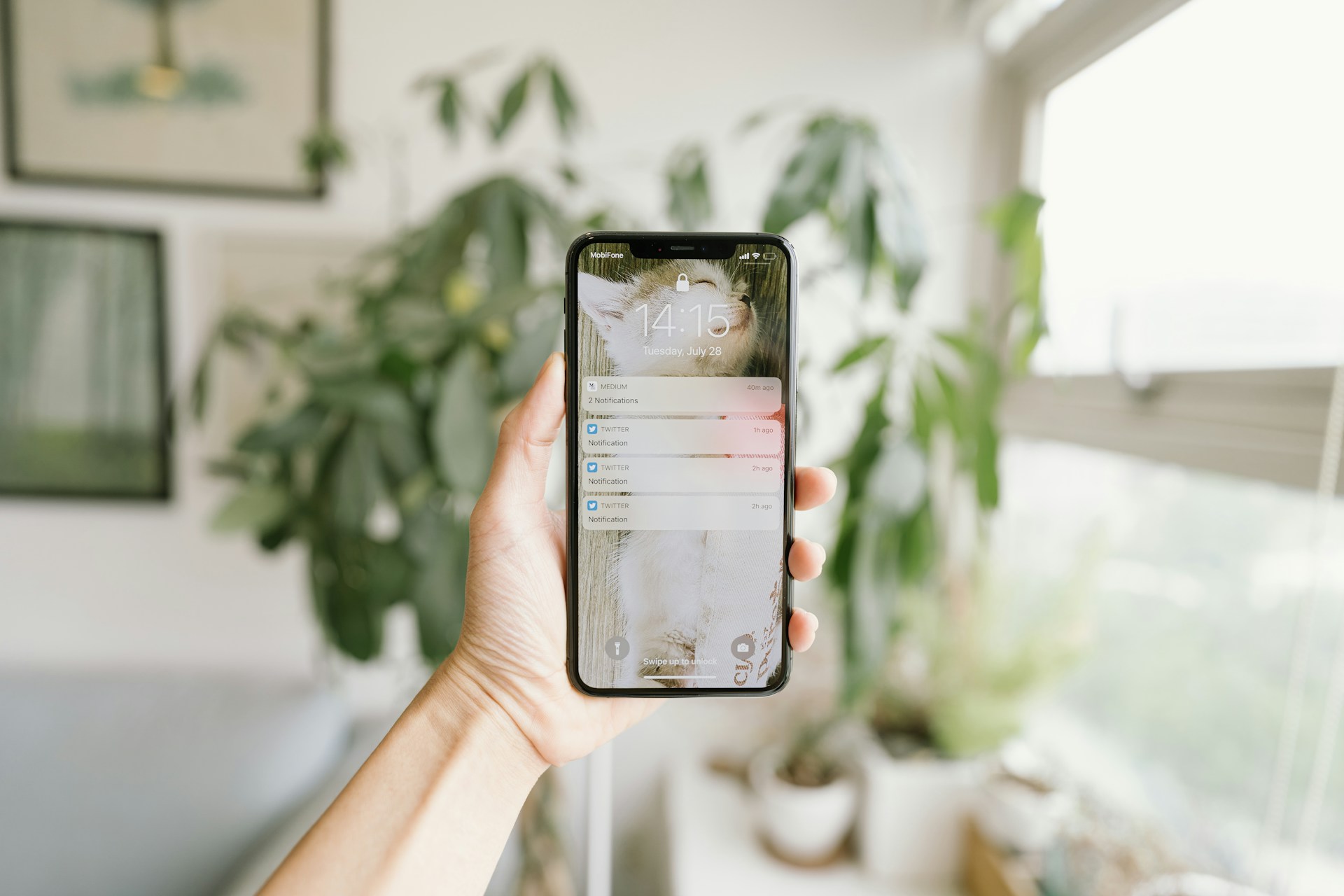Phones are an essential part of our lives. We use them for everything: chatting with friends, browsing the internet, and even managing our finances. But with so many apps out there, some can be dangerous. These bad apps can steal personal information or harm your device.
Being cautious with the apps you download is important. You don’t want to accidentally put your phone at risk. Making smart choices and using good practices can help keep your phone and personal information safe.
Simple actions like checking app permissions, keeping your system updated, and using security software make a big difference. These steps help prevent problems and make sure your phone stays secure. Let’s take a look at how we can protect our phones from bad apps effectively.
Identifying Risky Apps Before Downloading
Before downloading any app, it’s important to identify potential risks. Some apps may contain harmful software, or malware, that can steal your information or damage your device. To avoid these risks, there are several steps you can take.
Firstly, download apps only from official app stores like Google Play or the App Store. These platforms have security checks in place to reduce the risk of malware-infected apps. Be cautious with apps from unfamiliar sources, as they often lack these safety measures.
Next, look at the app’s ratings and reviews. A high number of downloads and positive feedback can indicate its reliability. However, too many similar reviews or overly positive comments may suggest they are fake. Be alert and use your judgment.
Check the developer’s information. Trusted developers usually have a track record of popular, safe apps. If the developer’s name seems suspicious or doesn’t appear in search results, this could be a red flag.
Also, verify the app’s permissions before installing it. Be wary of apps asking for unnecessary access to your personal data, such as contacts or location, when it is not needed for the app’s functionality. Always question and understand the purpose behind each permission request.
By following these steps, you can effectively reduce the risk of downloading harmful apps and better protect your personal information and devices.
Understanding Permissions and Their Impact
App permissions determine what an app can access on your device. While some permissions are necessary for the app’s functionality, others can be intrusive and unnecessary. Understanding these permissions helps you maintain control over your information and privacy.
Start by reviewing permissions when installing a new app. Ask yourself if the permissions it requests make sense based on what the app does. For example, a photo editing app needing access to your camera and photos is normal, but requesting access to your contacts might be suspicious.
Here are common permissions and their potential impact:
– Location: Allows apps to track your movements. It’s reasonable for maps, but not needed for games.
– Contacts: Lets apps access and share your contact information. Use caution unless sharing contact functionalities.
– Microphone: Allows apps to record sound. Suitable for chat apps, but be wary if not required by the app’s function.
– Storage: Permits apps to read and write files on your device. Ensure it’s necessary before granting full access.
You can manage app permissions through your device settings. Regularly review and adjust these permissions to reflect your comfort level. Revoke any unnecessary permissions to ensure unwanted access is minimized.
By taking control of app permissions, you safeguard your privacy and ensure apps use only the data they truly need. Maintaining this vigilant approach helps protect your device and personal information.
Regularly Updating Your Apps and Operating System
Keeping your apps and operating system up to date is a vital step in ensuring the security of your device. Updates often include patches for security vulnerabilities that hackers might exploit. By staying current, you protect your device from these potential threats.
Most devices allow you to enable automatic updates. This feature ensures that your device downloads and installs updates as soon as they become available. Activating automatic updates is a simple way to keep everything secure without giving it much thought.
If you prefer manual updates, make it a habit to check for updates regularly. Start by visiting your device’s settings to see if any updates are available. The same applies to apps; frequently open your app store to keep your installed apps fresh and secure.
Here are some tips for maintaining up-to-date software:
– Set reminders to check for updates if you don’t use automatic updates.
– Resolve any known bugs listed in update details by promptly installing new versions.
– Avoid delaying updates; outdated software poses unnecessary risks.
By keeping your operating system and apps current, you mitigate risks and enjoy improved performance. Regular updates also bring along new features and enhanced functionalities that can enrich your digital experience.
Using Security Software to Protect Your Device
Using security software on your device adds an extra layer of defence against cyber threats. There are various types of security apps that help protect against viruses, malware, and other malicious attacks. Knowing which ones to use and how they safeguard your device is crucial.
First, consider using antivirus software. These programs scan your device for harmful files and remove them before they cause damage. Run regular scans and ensure the software stays updated to catch the latest threats.
Another useful tool is a firewall. It acts as a barrier between your device and potential threats from the internet. A well-configured firewall can block malicious data while allowing safe data to pass through.
Look into installing anti-malware software, which specifically targets and removes malware beyond basic viruses. It focuses on more complex threats like spyware and ransomware, giving you comprehensive protection.
Here are some benefits of using security software:
– Real-time protection from known and emerging threats.
– Peace of mind knowing your data and personal information are safeguarded.
– Reduction in the risk of performance slowdowns due to malware.
Setting up these security measures is straightforward and ensures that your device operates securely and efficiently. Use trusted sources to download security software and avoid unnecessary risks. Consistently using security tools prepares your device to withstand cyber threats effectively.
Conclusion
Securing your digital world starts with understanding and implementing key cybersecurity practices. From identifying risky apps to using robust security software, these steps protect your devices and personal information from various threats. By maintaining awareness and updating your systems and apps, you reinforce your defences and improve your digital experience.
Staying informed about cybersecurity helps you adapt to new challenges and keeps your data secure. Encourage your friends and family to follow these practices too, creating a more secure online environment for everyone.
TeraDrive is committed to ensuring your data remains protected and accessible. If you find yourself needing expert assistance with data recovery in Vancouver, trust TeraDrive to handle your needs. Secure your peace of mind and your data with TeraDrive today!





